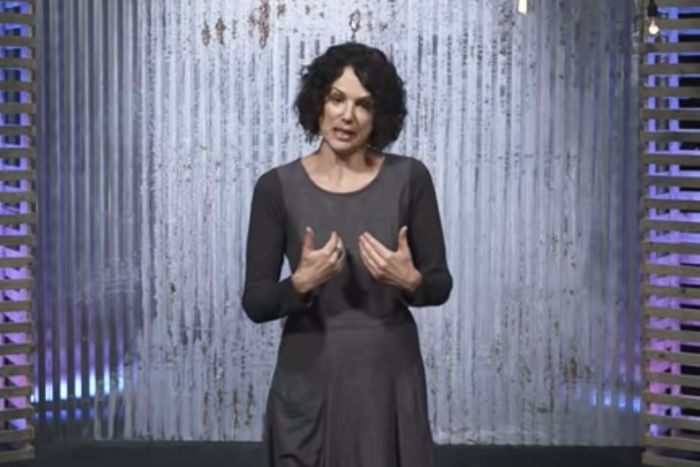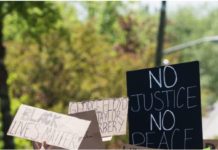There’s an old syllogism used to describe desperate politicians: (1) We must do something; (2) This is something; (3) We must do this.
In the wake of mass national demonstrations that followed George Floyd’s murder, many white people — including leaders of businesses, schools, and nonprofit organizations — have grasped for some concrete step they can take to redress systemic racism. They have found that something: the burgeoning anti-racism training industry, whose most famous theorist and practitioner is Robin DiAngelo, whose book White Fragility rocketed to the top of the New York Times best-seller list.
Daniel Bergner has a long profile of DiAngelo and her fellow anti-racism trainers in the New York Times. The story is far more devastating than it might appear at a casual glance. It reveals a business model spreading kooky, harmful, and outright racist ideas.
The anti-racism consulting industry does deserve both some sympathy and some credit. Its intention, to prod white Americans into more awareness of their own racism, is beneficent. And their premise that white people are often unaware of the degree to which racial privilege has enabled their success, which they can mistakenly attribute entirely to merit and effort, is correct. American society is shot through with multiple overlapping systems of racial bias — from exposure to harmful pollution to biased policing to unequal access to education to employment discrimination — that in combination sustain massive systemic inequality.
But the anti-racism trainers go beyond denying the myth of meritocracy to denying the role of individual merit altogether. Indeed, their teaching presents individuals as a racist myth. In their model, the individual is subsumed completely into racial identity.
One of DiAngelo’s favorite examples is instructive. She uses the famous story of Jackie Robinson. Rather than say “he broke through the color line,” she instructs people instead to describe him as “Jackie Robinson, the first Black man whites allowed to play major-league baseball.”
It is true, of course, that Robinson was not the first Black man who was good enough at baseball to make a major-league roster. The Brooklyn Dodgers decided, out of a combination of idealism and self-interest, to violate the norm against signing Black players. And Robinson was chosen due to a combination of his skill and extraordinary personality that allowed him to withstand the backlash in store for the first Black major leaguer. It is not an accident that DiAngelo changes the story to eliminate Robinson’s agency and obscure his heroic qualities. It’s the point. Her program treats individual merit as a myth to be debunked. Even a figure as remarkable as Robinson is reduced to a mere pawn of systemic oppression.
One way to understand this thinking is to place it on a spectrum of thought about race. On the far right is open white supremacy, which instructs white people to fight for their interests as white people. (Hence the 14-word slogan, “We must secure the existence of our people and a future for white children.”) Moving to the left, standard-issue conservatism tends to discount the existence of racism and treat all problems in pure color-blind terms, as though racism has been banished. To the left of that is standard liberalism, which acknowledges the existence of racism as a problem that complicates simple race-neutral solutions.
The ideology of the racism-training industry is distinctively to the left of that. It collapses all identity into racial categories. “It is crucial for white people to acknowledge and recognize our collective racial experience,” writes DiAngelo, whose teachings often encourage the formation of racial affinity groups. The program does not allow any end point for the process of racial consciousness. Racism is not a problem white people need to overcome in order to see people who look different as fully human — it is totalizing and inescapable.
Of course, DiAngelo’s whites-only groups are not dreamed up in the same spirit as David Duke’s. The problem is that, at some point, the extremes begin to functionally resemble each other despite their mutual antipathy.
Jonathan Chait – Intelligencer – July 16, 2020.




